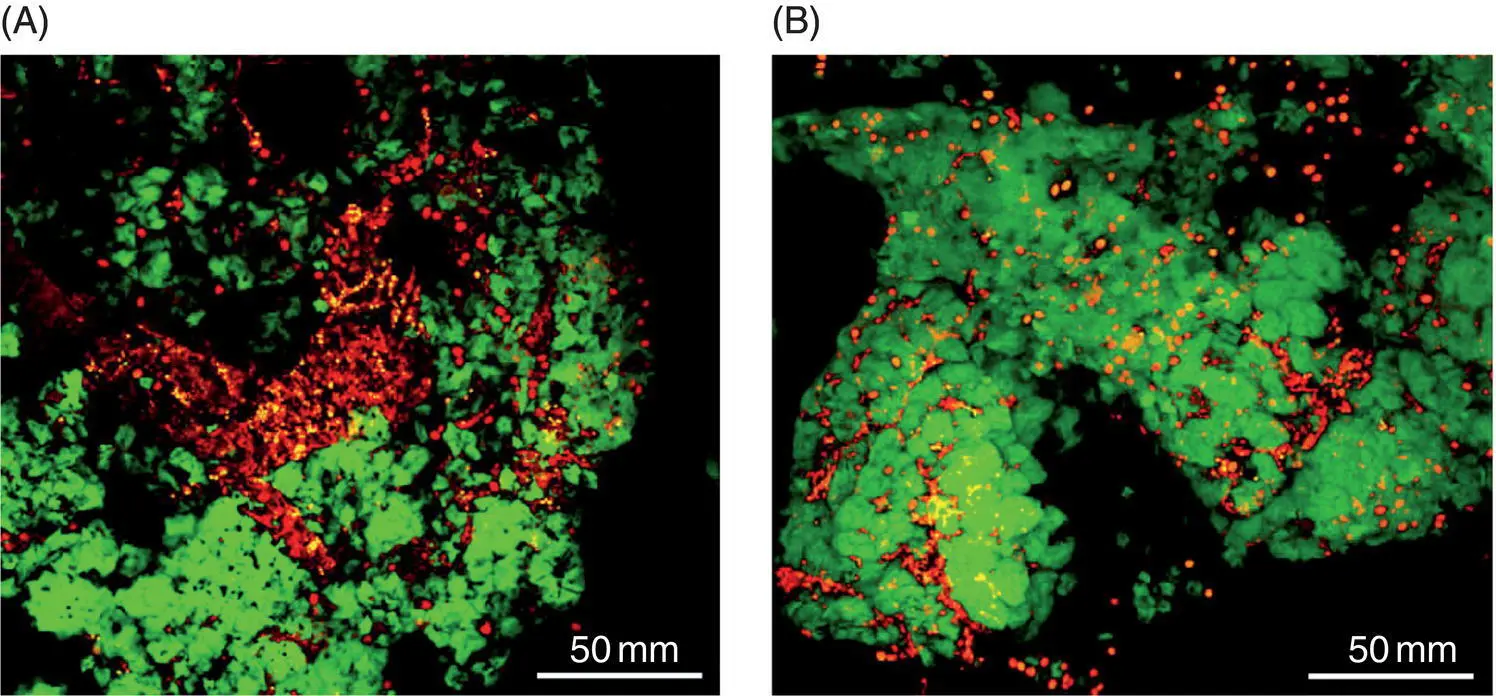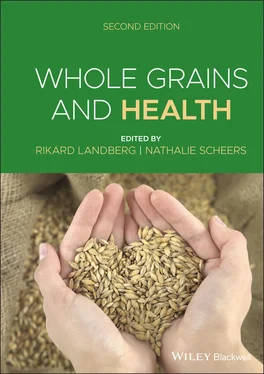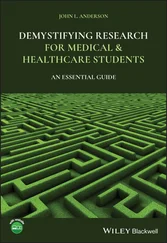1 ...6 7 8 10 11 12 ...41 Water evaporation occurs at the surface layers of the dough once it is placed in the oven. The lower water content in the surface compared to the core, together with the enhanced release of gasses due to the proximity to the interface with the oven air, generating smaller‐sized cells are structural characteristics of the crust that contribute to its mechanical properties (Vanin et al. 2009). The distribution of protein and partially gelatinized starch in the bread crust affects its fracturability (Primo‐Martín et al. 2006; Primo‐Martín et al. 2007). Migration of water, which acts as plasticizer, from the crumb to the crust during storage of bread can be influenced by the morphology of the product (porosity, gas cell size). The firmness of the bread increases during storage, which is called staling. It is mainly caused by the retrogradation of starch, specifically of the short amylopectin side chains (Gray and Bemiller 2003).
One of the main challenges in breadmaking is to increase the content of whole grain and dietary fibre to improve the nutritional value of the product. However, the presence of the outer bran layers of the grain alters not only the continuity and rheological properties of the starch–protein matrix, but also the water availability for lamellar film formation. This has an effect on gas cell stabilization and gas retention in wholemeal dough (Poutanen et al. 2014). Rye flour, which is typically used for baking in Northern and Eastern Europe, is suitable for making bread but it has marked differences in rheological properties and gas retention capacity compared to wheat bread. The elasticity of rye gluten is lower than that of wheat gluten and it holds less moisture. In this way, the increase of volume in rye dough during fermentation and baking is lower and resulting bread is more compact than wheat bread. Furthermore, rye starch gelatinizes at lower temperatures and is more susceptible of enzymatic degradation during baking than wheat starch (Weipert 1997). Oat can only be used in limited quantities for bread production because of its inferior baking quality, too. This is due to the lack of gluten proteins and the high content of β‐glucan and other dietary fibres (Flander 2012). Brown rice provides better nutritional properties than white rice since it contains considerably higher amounts of proteins and minerals (Lamberts et al. 2007), and is naturally gluten‐free and hypoallergenic. However, rice proteins lack the visco‐elastic properties necessary for the production of yeast‐leavened products. For this reason, the addition of hydrocolloids and gums (Sivaramakrishnan et al. 2004; Sciarini et al. 2010), and more recently, enzymatic processing of rice flour (Gujral and Rosell 2004; Renzetti and Arendt 2009) have been investigated in order to improve the breadmaking performance of rice and brown rice flour. Enzymatic processing promotes protein cross‐linking, and thus increases the elastic and viscous behavior of batters. As shown by Renzetti and Arendt (2009), treatment with protease affected the crumb microstructure, where smaller protein aggregates were more widely dispersed in the dominating starch phase, in comparison to the large aggregates of the control bread ( Figure 1.4). The enrichment of gluten‐free breads with soluble fibres improves not only nutritional quality but also physicochemical characteristics, such as specific volume, crumb cohesiveness and cell density (Martínez et al. 2014).

Figure 1.4 CLSM images of untreated (A) and 0.01% protease‐treated (B) brown rice bread crumbs (40x magnification) showing starch (green) and proteins (red‐yellow).
Adapted from Renzetti and Arendt 2009.
Sourdough fermentation provides improved flavour and structure to rye and wheat bread. In the case of rye, the swelling of flour constituents is favoured and the enzyme activity is limited under acid conditions, which prevents early staling (Narvhus and Sørhaug 2012). The interest in the significant potential of sourdough fermentation to improve the nutritional properties of rye, oat and wheat products is increasing nowadays (Komlenić et al. 2012). The whole grain or fractions of cereal grain can be modified by sourdough fermentation to improve nutritional value or promote healthfulness of cereal foods (Chavan and Chavan 2011). Sourdough fermentation has been associated to positive effects in whole grain bread such as improved of palatability, mineral bioavailability and levels of bioactive compounds, and reduction of starch digestibility (Poutanen et al. 2009). The ability of sourdough processing to reduce starch digestibility is assumed to be mainly due to formation of organic acids, especially lactic acid, during fermentation (Liljeberg et al. 1995).
Specific modifications in baked product texture can be achieved by development of new sourdough cultures, and by optimizing acidity and interactions with grain components. As reported by Katina et al. (2005), the changes in dough structure over time can not only be detected by small deformation viscoelastic measurements, but also by confocal laser‐scanning microscopy. The protein fraction of the gluten‐free sourdough is degraded over time, although this process is more obvious in wheat sourdough (Clarke et al. 2004). However, the addition of sourdough to gluten‐free batters does lead to an improvement of the gluten‐free‐bread (Katina et al. 2005).
Cakes are characterized by high levels of sugar and fat in the formula. Since they also contain relatively high levels of water, the molar sugar concentration is not high enough to prevent starch gelatinization during baking. Because of that, cakes set when baked, giving a light product. The presence of α‐crystalline emulsifiers increases the incorporation of air and the batter volume (Richardson et al. 2002). During conventional baking, cake batter undergoes structural transformations, including starch gelatinization, protein denaturation, volume increase, liberation of carbon dioxide from leavening agents, water evaporation, crust formation and non‐enzymatic browning. Sucrose regulates starch gelatinization and protein denaturation during baking, causing a shift towards higher temperature values (Kim and Walker 1992). Partial or total substitution of sucrose has been studied using sorbitol, wheat starch and inulin (Baeva et al. 2003; Rodríguez‐García et al. 2014). However, the replacement of sucrose in sponge cake batters with other water‐retaining agents may affect the physical and chemical transformations in the sponge cake system (Rodríguez‐García et al. 2014).
Rice flour, which does not contain gluten, is one of the alternatives to wheat flour in order to obtain gluten‐free cereal products. However, due to its low gas retention capacity, rice products have some quality problems such as low volume, poor texture, color and crumb structure. Gums such as xanthan, guar, κ‐carrageenan can be added to gluten‐free cake formulation in order to emulate the viscoelastic properties of glutenin. Different effects on the porosity are obtained depending on the gum type (Turabi et al. 2010).
Two important transformations in the main components of durum wheat pasta take place during cooking: gluten polymerization and starch gelatinization. The competition of both components for water determines the final texture properties of the product (Fuad and Prabhasankar 2010). Microscopy techniques such as scanning electron microscopy and light microscopy of stained sections have helped to increase knowledge regarding the induced structural changes of pasta during cooking (Heneen and Brismar 2003). There is a moisture distribution gradient from the surface to the center due to the penetration of water and the progress of starch gelatinization. This moisture gradient is essential for the texture properties of pasta. In this way, the ideal texture of pasta, known as “al dente” is characterized by a soft outer region and a very thin hard core (Sekiyama et al. 2012). Pasta is usually made from durum wheat semolina and is a good source of low glycaemic index carbohydrate (Brennan 2008). Bran and germ particles in semolina produce a less homogeneous mixture and the particles can physically interfere with gluten development (Manthey and Schorno 2002). For this reason, bran and germ, commonly referred to as pollard, are largely removed during milling of durum wheat. However, nutritionally‐enriched pasta is also available commercially, prepared using wholemeal, semolina/flour or ground whole‐wheat. Although negative effects in the cooking and sensory properties of whole‐wheat or bran enriched pasta have been frequently reported, spaghetti dried at high temperature can be prepared with pollard, with 10% substitution of semolina, causing minimal impact on sensory and technological properties (Aravind et al. 2012). High molecular weight inulin can also be incorporated with minimal effect on the technological and sensory properties below 20% incorporation (Aravind et al. 2012b).
Читать дальше













